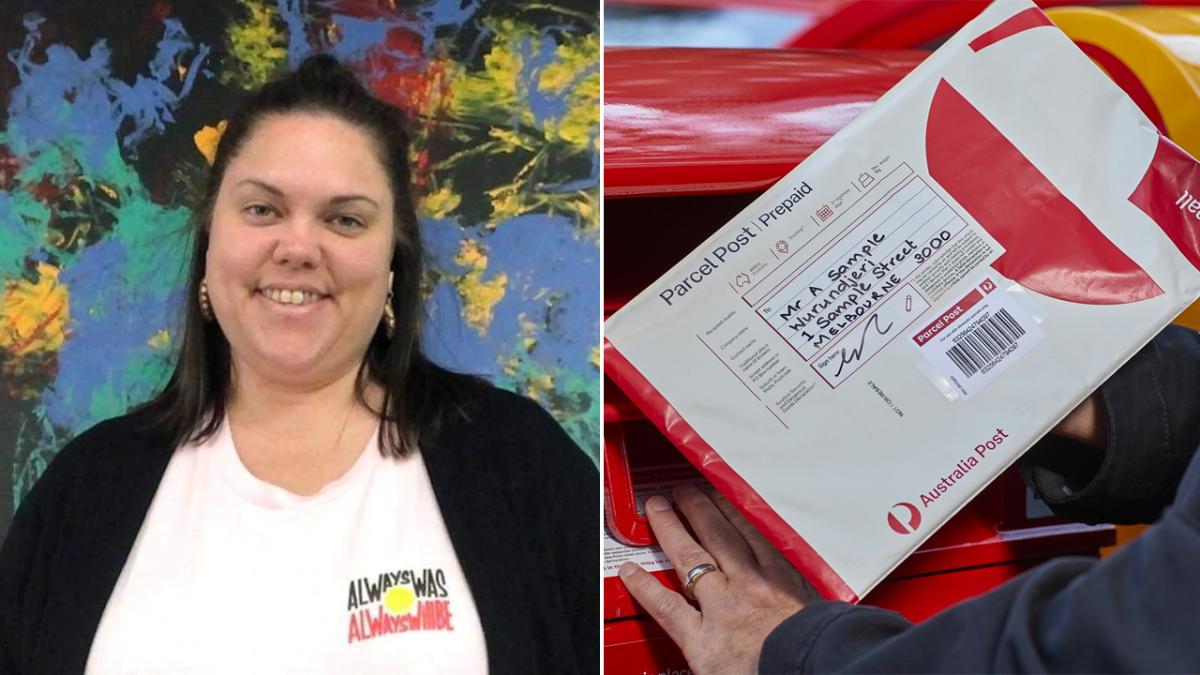
Australia Post has released a new line of envelopes which have a space specifically for traditional Aboriginal and Torres Strait Islander place names. The move comes in response to years of campaigning, and also marks the start of NAIDOC Week 2021 with the theme: “Heal Country!”
On these new envelopes, there’s space to write names like Naarm or Gadigal Country, for example, on top of the street address. These names have been in use for tens of thousands of years before a bunch of British colonisers with scurvy rocked up in 1788 and decided to rename those areas as things like Melbourne and Sydney, respectively.
The initiative was sparked by the campaigning of Gomeroi woman Rachael McPhail, who has been pushing for people to use First Nations place names – particularly when sending letters and parcels – for several years now. Her Change.org petition from seven months ago already has over 20,000 signatures.
“We not only listened to Rachael, but to the overwhelming feedback from thousands of Australians who supported this fantastic concept to recognise traditional Country on their mail”, Australia Post’s National Indigenous Manager, Noongar man Chris Heelan, said in a statement.
“Including the traditional place name as part of the mailing address is a simple but meaningful way to promote and celebrate our Indigenous communities, which is something Australia Post has a long and proud history of doing.”
McPhail was stoked that Australia Post finally listened.
“This is about paying respect to First Nations people, and their continuing connection to Country,” she said.
“If everyone adopts this small change, it will make a big difference.”
While many Aussies can already name the First Nations Country upon which they live, study or work, initiatives like these will help expose people to traditional place names from other parts of the continent, too. It also means more and more people will start using these names in everyday contexts, rather than only saving them for things like Acknowledgements of Country.
Of course, not every First Nations place name comfortably overlaps with Western notions of place. To that end, it’s worth checking out the AIATSIS map of Indigenous Australia and Australia Post’s own guidelines.
McPhail told the ABC she’s now working on a comprehensive database of all First Nations place names, to be compiled in consultation with Elders from all over the continent.
If you’re a non-Indigenous Australian reading this, let it be a reminder to start using First Nations place names where possible. It really is about time.



